Editor’s Note: This month’s cover is the fifteenth of the actual war-combat pictures which Mr. Blakeslee, well-known artist and authority on aircraft, is painting exclusively for BATTLE ACES. The series was started to give our readers authentic pictures of war planes in color. It also enables you to follow famous airmen on many of their amazing adventures and feel the same thrills of battle they felt. Be sure to save these covers if you want your’ collection of this fine series to be complete.
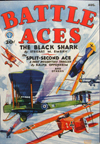 THE bombing expedition on which this cover is based is pictured in two parts. The actual raid is shown on the cover of the August issue of DAREDEVIL ACES. This month the adventure of one of the bombers on that mission is pictured.
THE bombing expedition on which this cover is based is pictured in two parts. The actual raid is shown on the cover of the August issue of DAREDEVIL ACES. This month the adventure of one of the bombers on that mission is pictured.
I shall not repeat the story of the raid here, for that has been told in DAREDEVIL ACES.
Three big British bombers took off late one afternoon to bomb the reported position of a long-range gun implacement. They were flown by British pilots but were to operate in conjunction with an American outfit of fighting ships.
The bombers met the Americans high over Dun and started for the scene of operation. They flew in a tight formation and saw no enemy craft, although they were being followed by several Boches who did not dare attack such a formidable group.
The flight was deep in enemy territory when one of the bombers developed engine trouble in the right-hand motor. It fell behind and unfortunately, at this moment the top patrol was hidden by a cloud so did not observe the accident.
The pilot of the bomber, finding his trouble was getting serious, turned about and started for home, looking for a target for his load of bombs. Through an opening in the ground fog he saw what he took for a supply depot and ordered his men to let go their “eggs.” They were later to be informed that they had fired an ammunition dump.
It was not long before more serious trouble than a “sick” motor arrived. It came with a roar and blazing guns. It was a German Hannoveraner biplane (the bright red ship in the foreground); almost at the same time another ship arrived to add to the difficulties of the bomber. This was a Roland single-seater biplane (the blue and yellow plane diving in from the left).
The bomber, due to its crippled condition, was unable to maneuver and had to fight off the Boches as best it could. The Englishmen were in an uncomfortable position but not hard-pressed until the fight was joined by a Fokker D-VII and a Fokker monoplane. Then things got more serious.
The big ship flew steadily on but was sustaining a deadly fire from every direction. The motor still functioned and seemed to get no worse, but every moment increased the hazard. It was being slowly cut to pieces. Already one rudder was out of commission and a stream of bullets had cut through the center of the fuselage and weakened it. The wings looked like a sieve and many of the wires were cut, also weakening the wings. Tt was remarkable that the ship did not collapse then and there.
They shot down one Boche with their last drum of ammunition. Both gunners and pilot were wounded and they had given themselves up as lost, when help arrived in the form of a patrol of S.E-S’s, who scattered the Germans right and left in short order.
The pilot, faint from a wound in the abdomen, landed his ship on his own airdrome but cracked up in doing so, completing the wreck of an already half ruined ship. All survived, however, and they are living today, proud of their D.S.C. awarded by the American government.

The bombing ship shown on the cover is a very famous one, although most of its fame was gained in peace time persuits. It was designed as a long-distance bomber. It carried two engines in “power eggs” one each side of the fuselage. There were three types of engines used, the Fiat, Hispano-Suiza and Rolls Royce. The bomber here shown is a Vickers Vimy Rolls, which is 1 ft. 6½ in. longer than the other two, otherwise they are the same in appearance. They carried two gunners and a pilot. To prevent the machine from standing on its nose after too fast a landing, a skid was fitted under the nose of the fuselage. Span 67 ft. 2 in., gap 10 ft., overall length 44 ft., speed low down 103 m.p.h., speed at 5,000 ft. 98 m.p.h., landing speed 56 m.p.h.

“The Vickers “Vimy” Bomber” by Frederick M. Blakeslee (August 1932)
Now we come to its peace time fame. It was in a Vickers Vimy Rolls-Royce airplane that Captain J. Alcock and Lt. Whitten Brown, both afterwards knighted, made the first direct flight across the Atlantic from St. Johns, Newfoundland to Clifden, Galway. They traveled 1,880 miles in 15 hours 57 minutes at an average speed of 118 m.p.h., May 18th-19th, 1919.
Captain Ross Smith and three companions, in the same year, and in the same type of ship, flew from England to Australia in 30 days, flying a total of 11,294 miles. They landed at Port Darwin, North Australia and later crossed the continent to Melbourne.
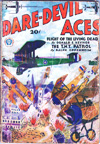 IN JULY, 1918, a British bombing outfit was given what was believed to be an unimportant mission. It had been reported by spies that there was an unusual movement in and out of a certain German town which was located opposite a sector that had been quiet for a week. As there were no railway yards or anything of military importance in the village—which was partly in ruins and apparently deserted—the bombing orders were indefinite. One Handley-Page was assigned to the mission and the pilot was ordered simply to bomb anything that looked suspicious. It was probably this nonchalant attitude that made the raid such a success.
IN JULY, 1918, a British bombing outfit was given what was believed to be an unimportant mission. It had been reported by spies that there was an unusual movement in and out of a certain German town which was located opposite a sector that had been quiet for a week. As there were no railway yards or anything of military importance in the village—which was partly in ruins and apparently deserted—the bombing orders were indefinite. One Handley-Page was assigned to the mission and the pilot was ordered simply to bomb anything that looked suspicious. It was probably this nonchalant attitude that made the raid such a success.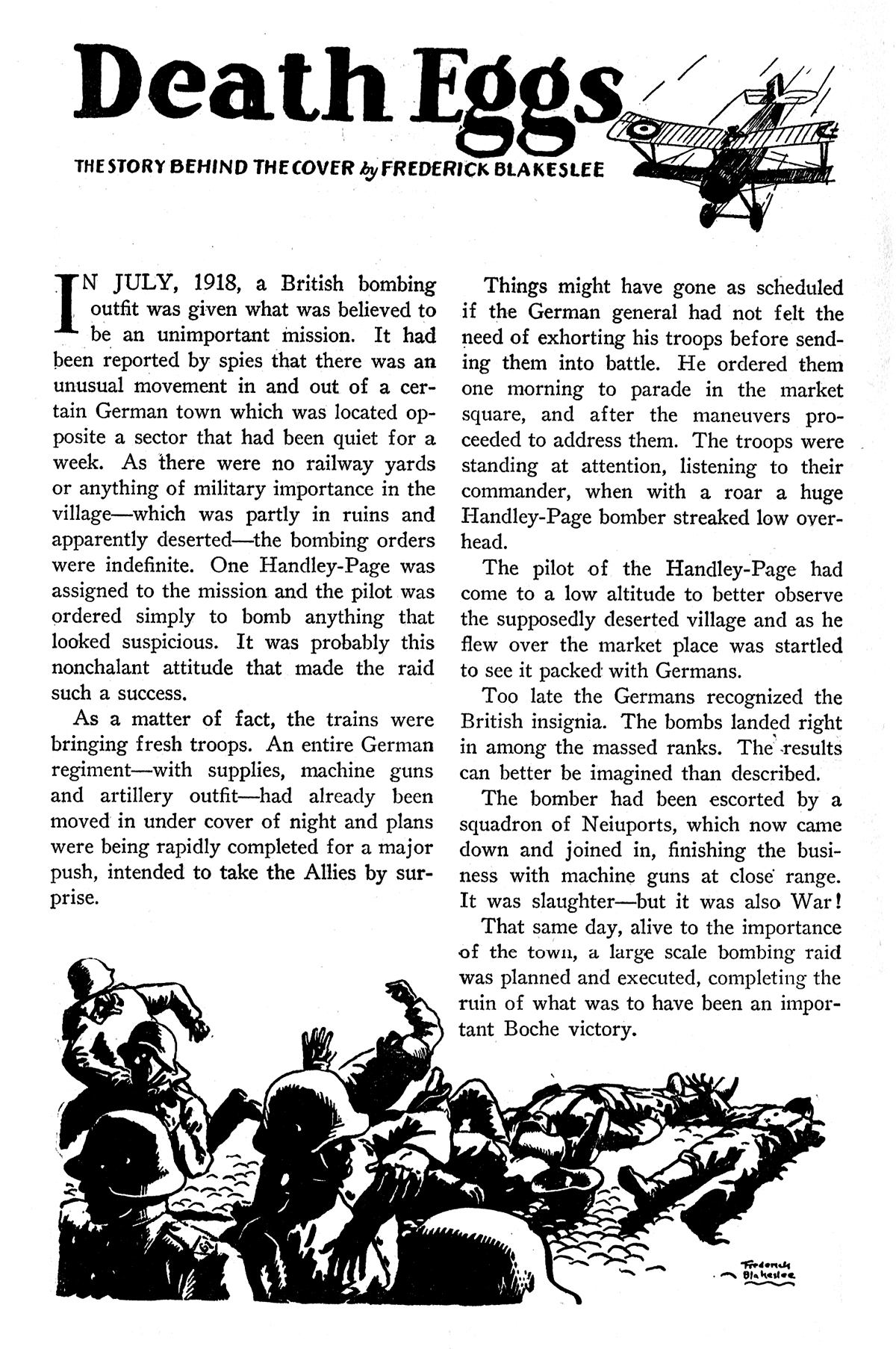





 issue of Flying Aces and running almost 4 years,
issue of Flying Aces and running almost 4 years, 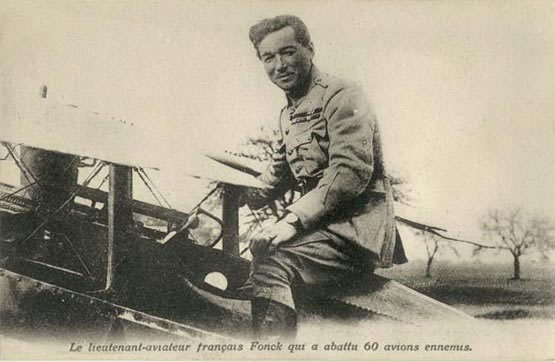
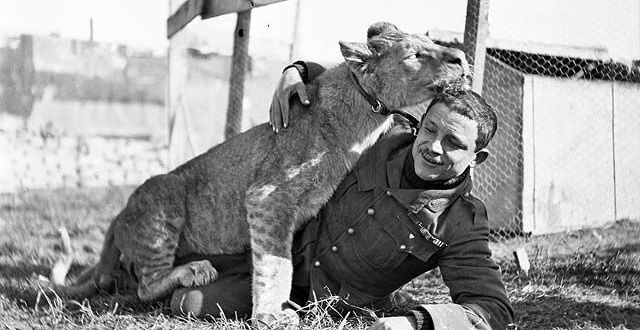

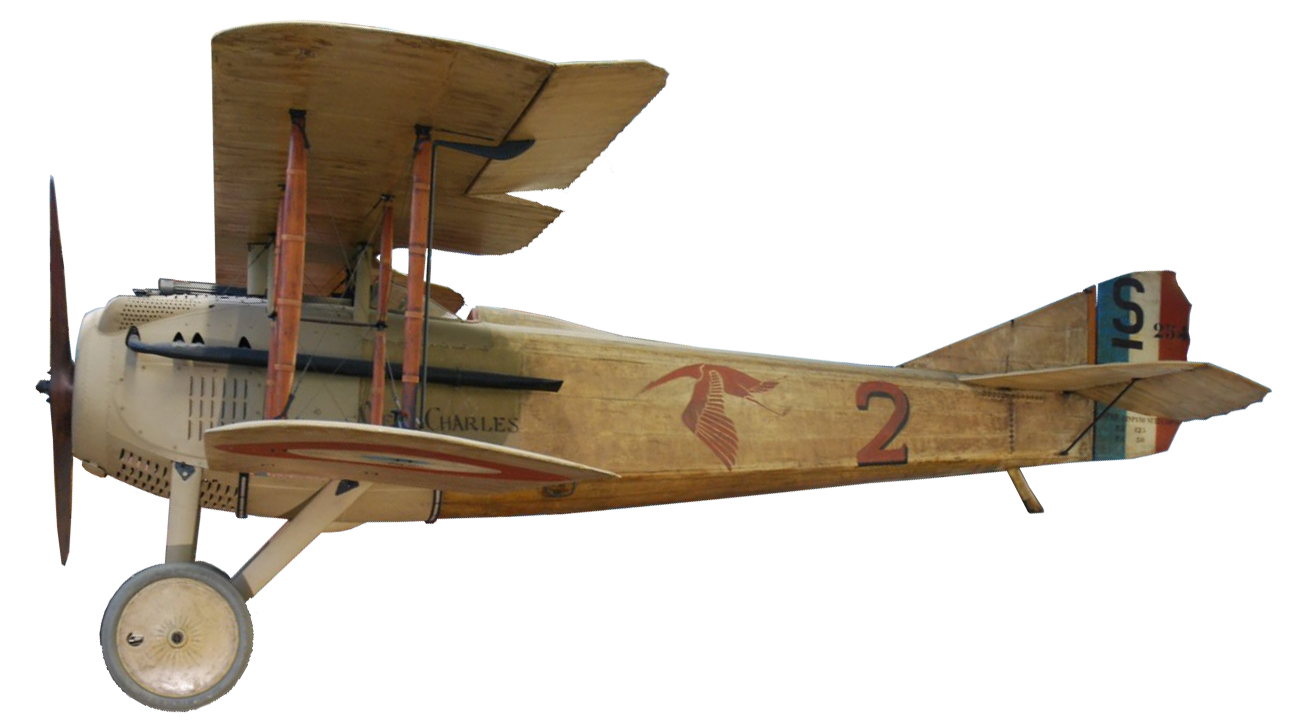
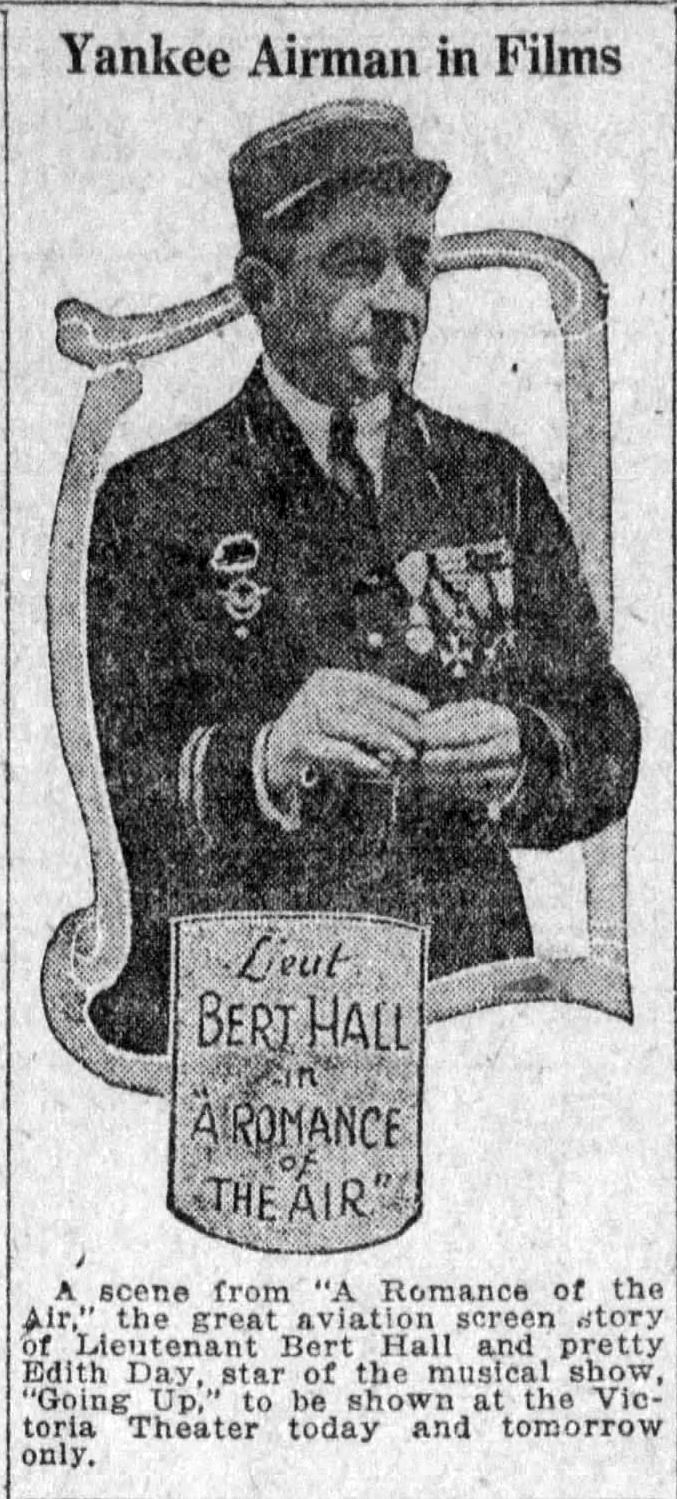 May 1932 issue of Flying Aces and running almost 4 years,
May 1932 issue of Flying Aces and running almost 4 years, 

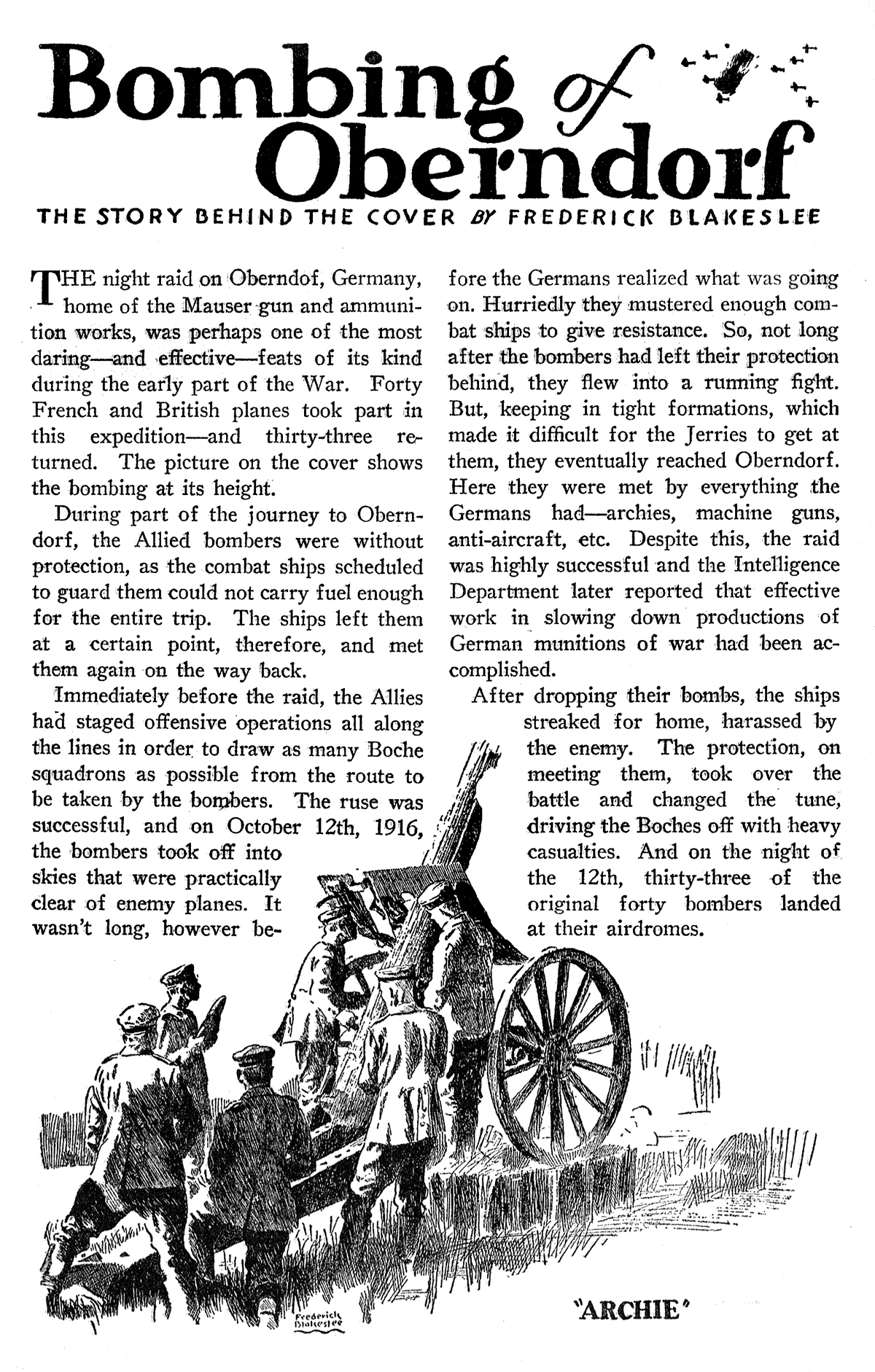



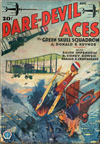
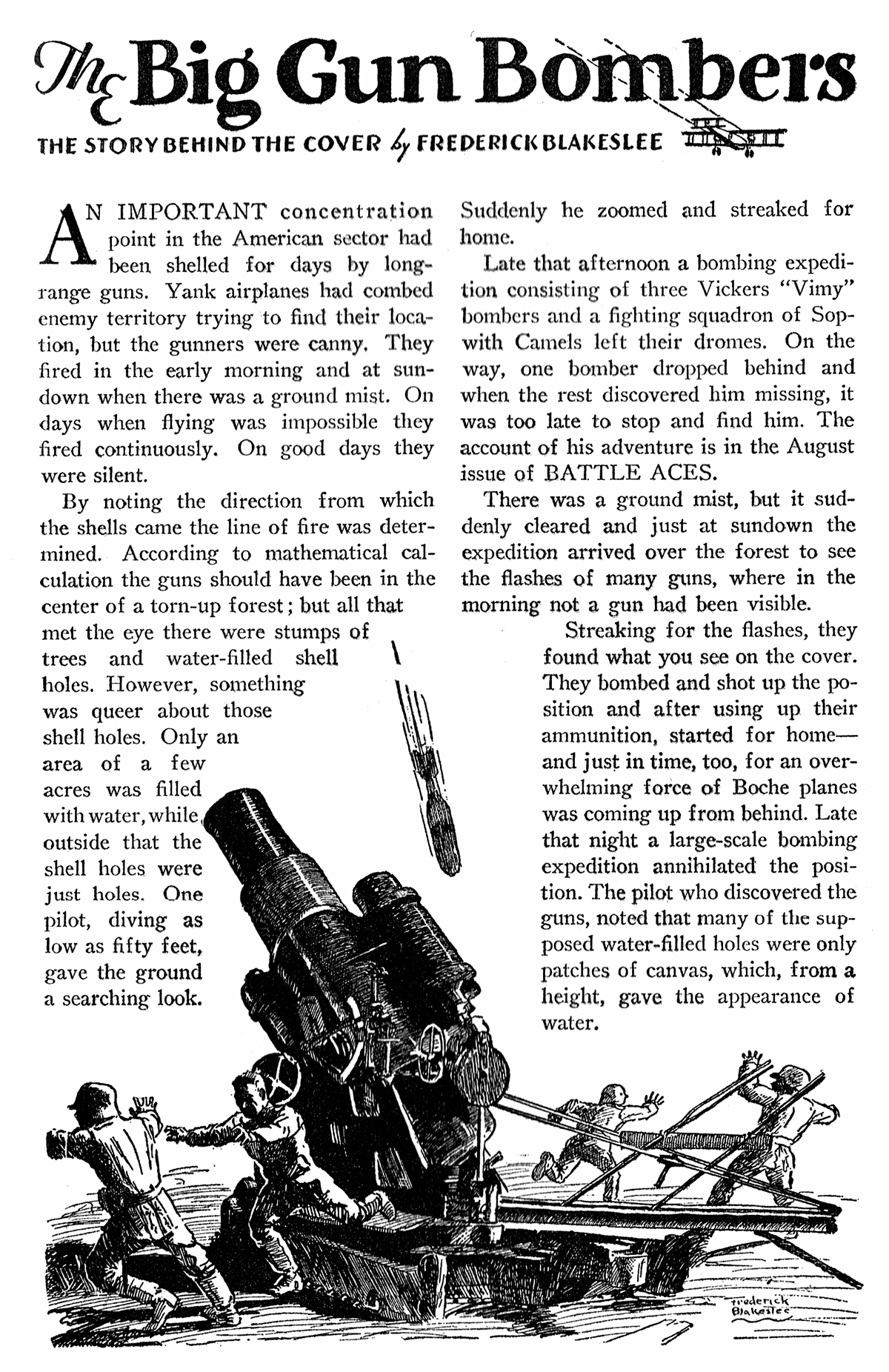
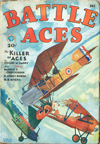
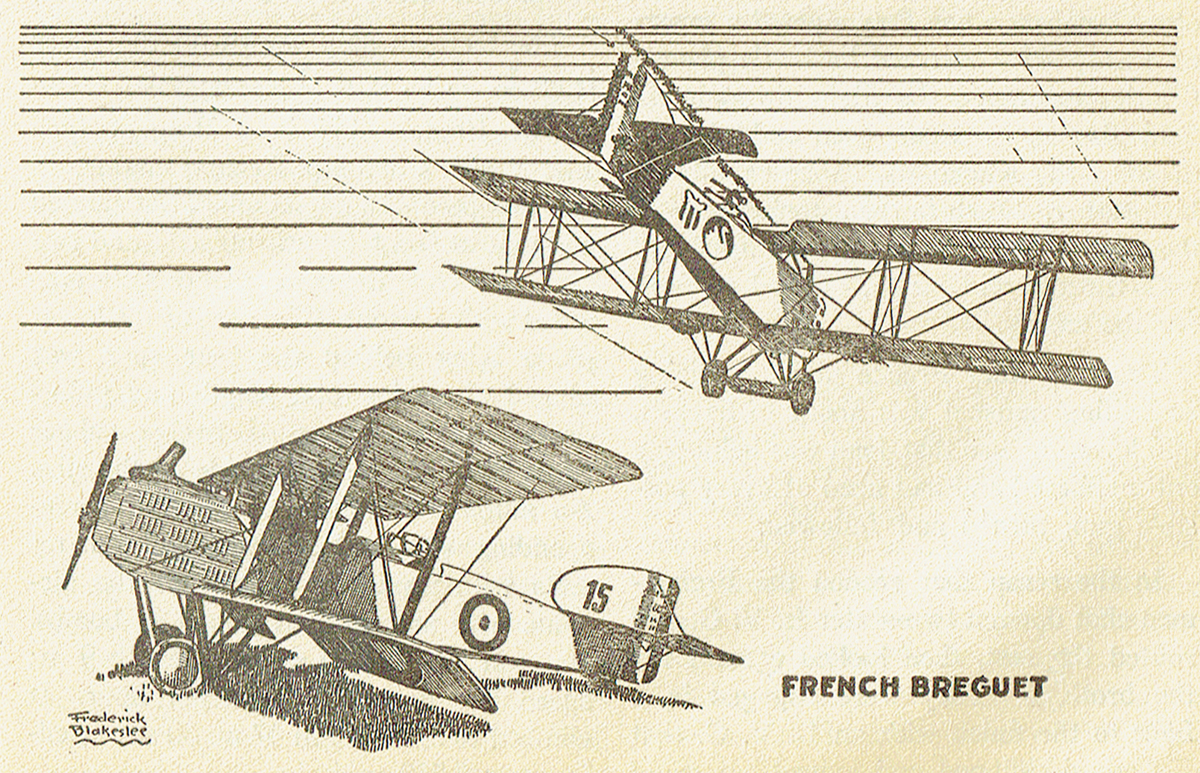
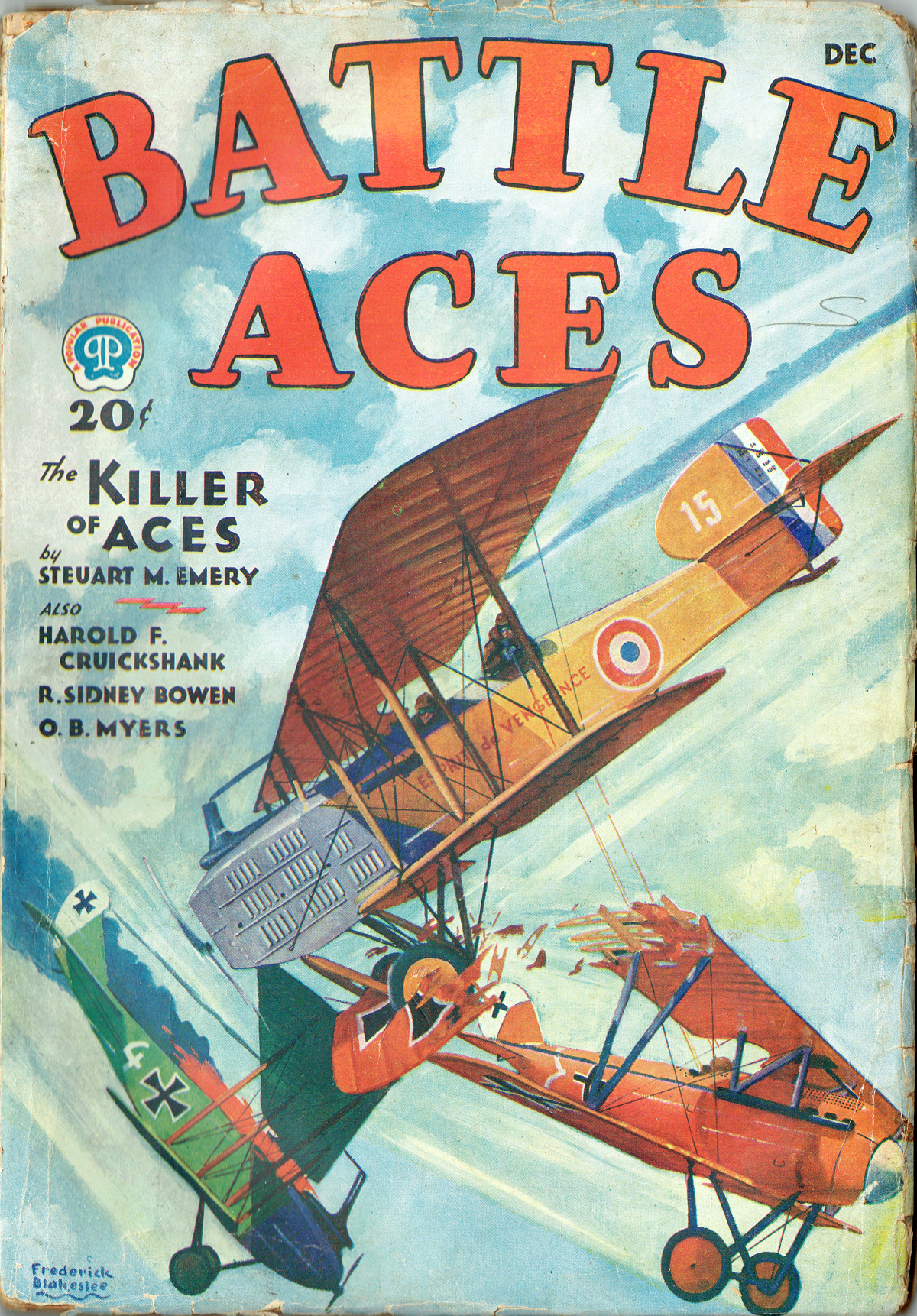
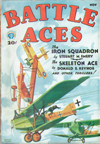
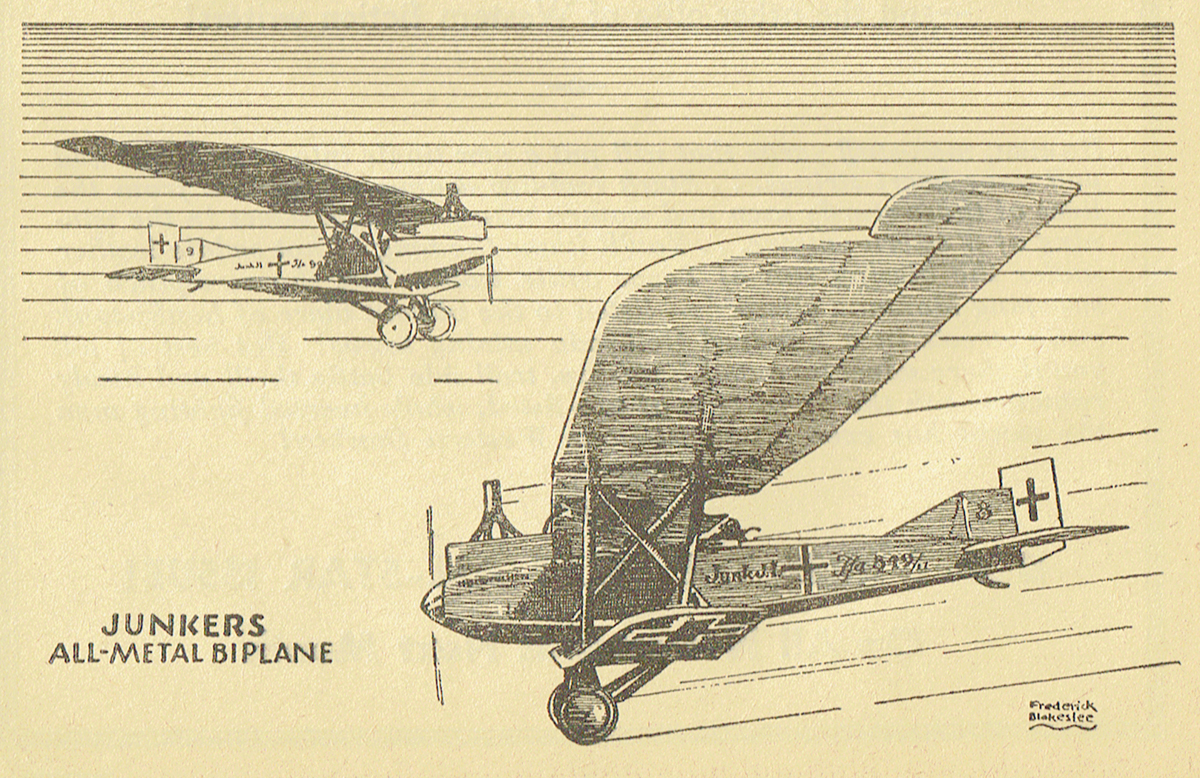
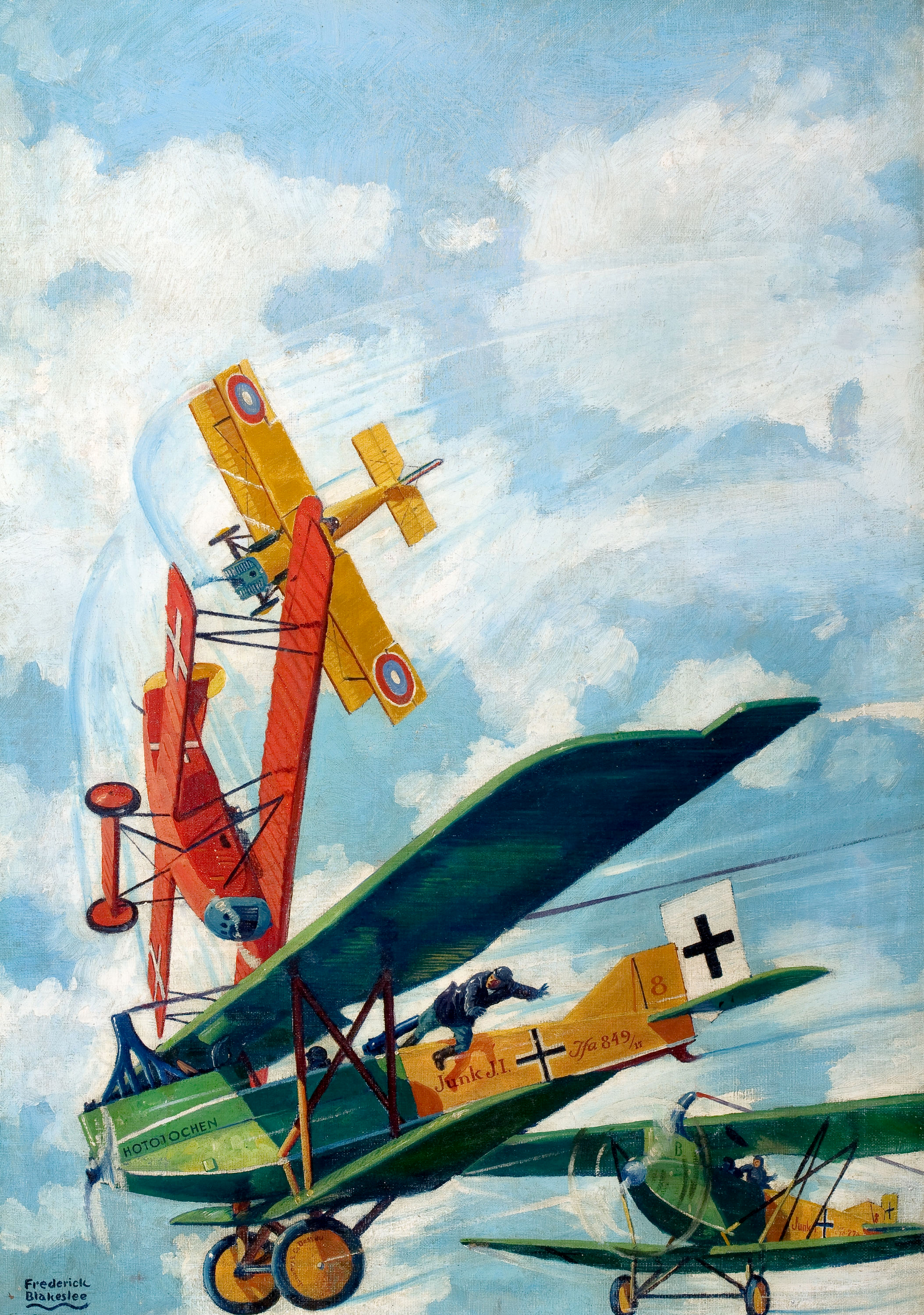

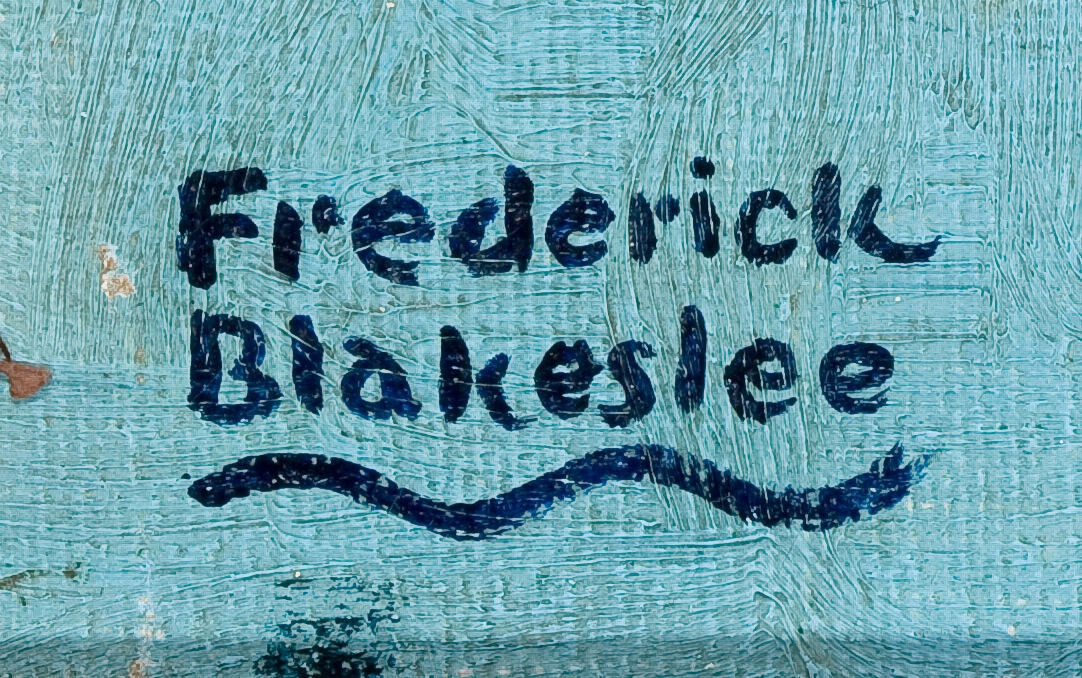
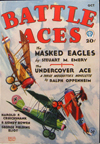
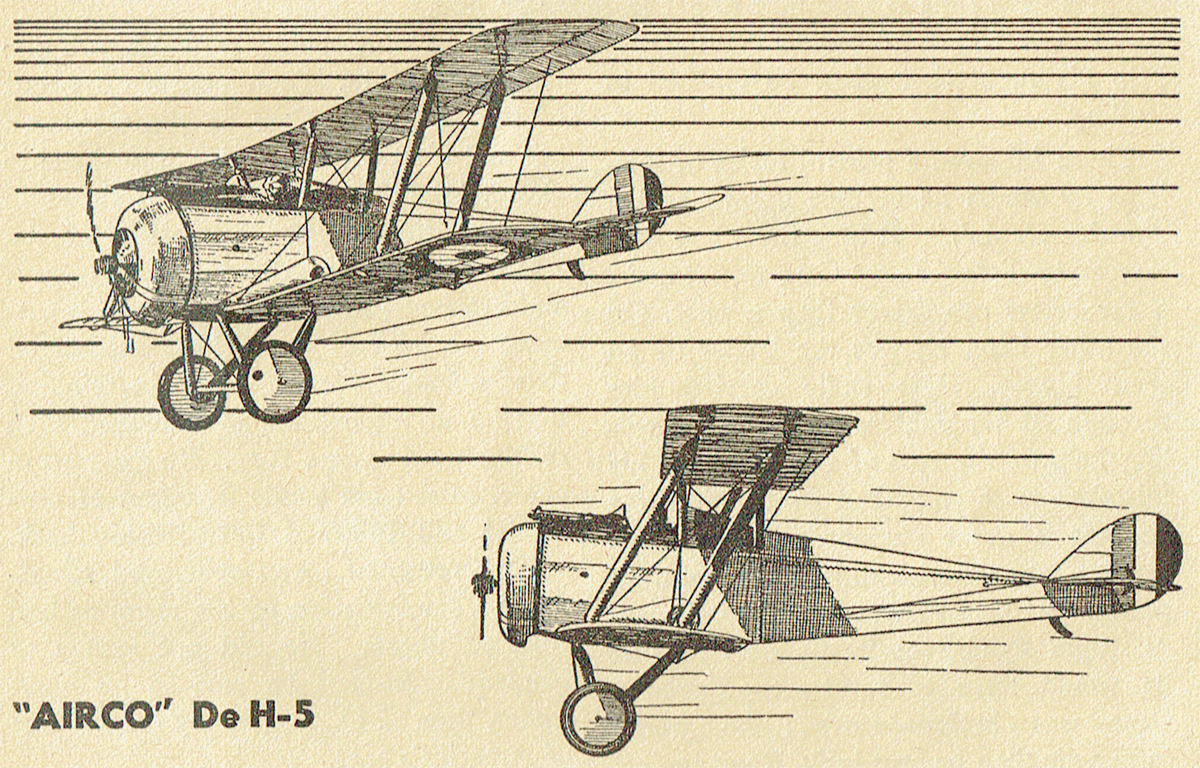
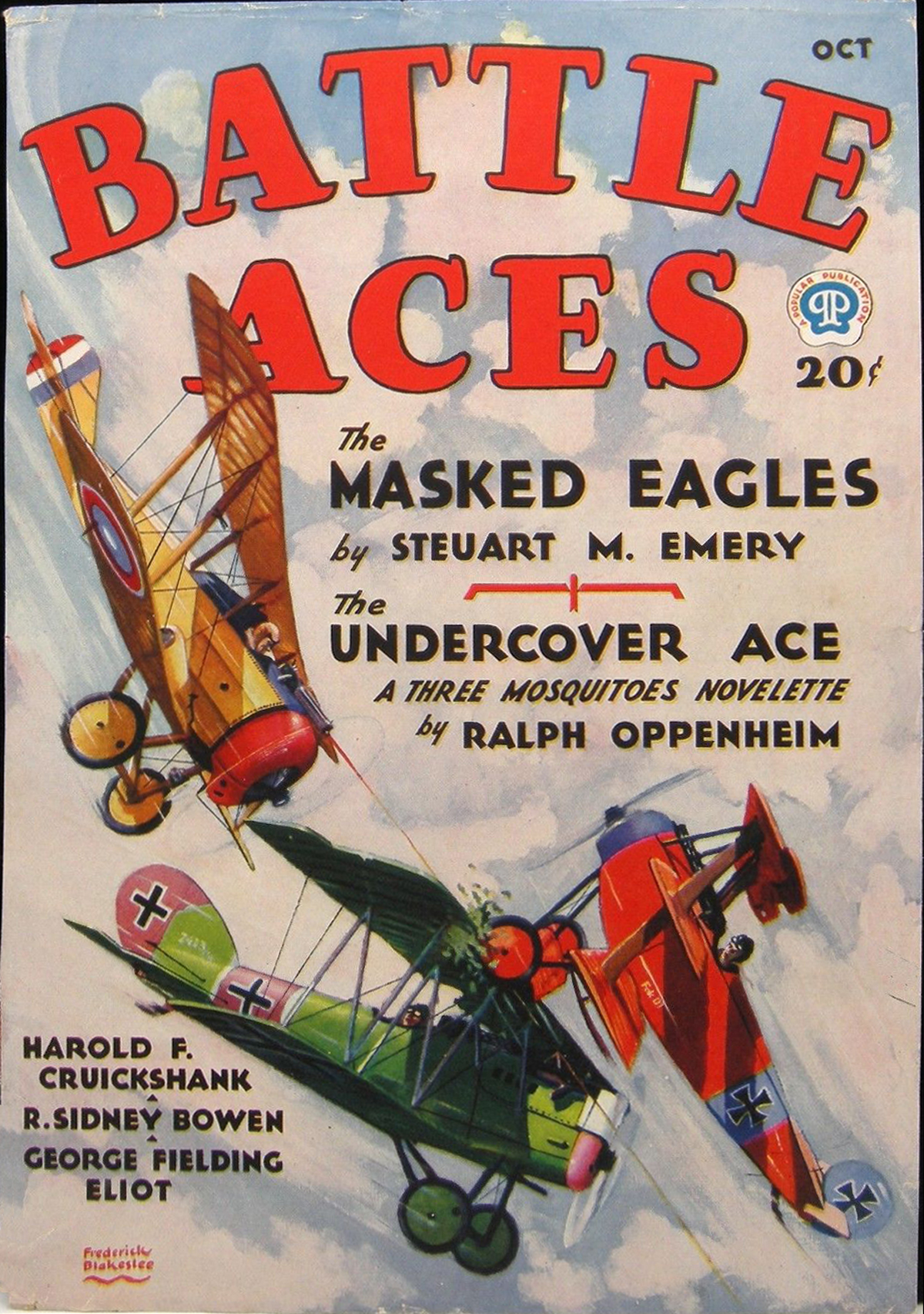
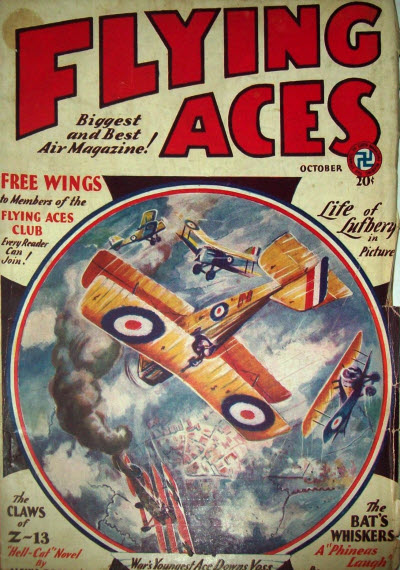 known as the man behind
known as the man behind 